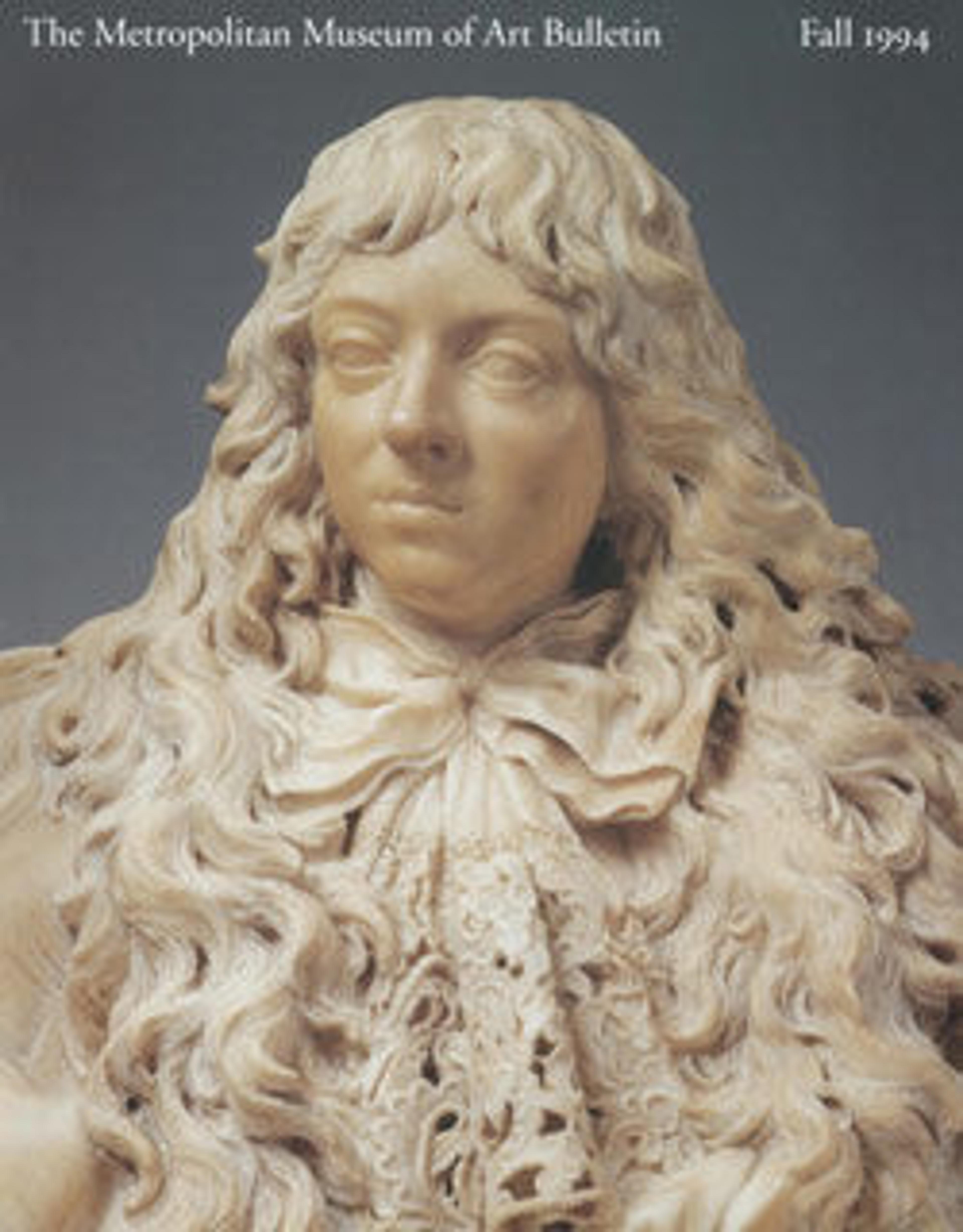Henri-Charles Maniglier
The portrait of Maniglier is a daguerreotype, the first form of photograph, invented by Louis Daguerre in 1839. Immediately popular for portraiture, the daguerreotype was all the rage in Paris until paper photography replaced it in the mid-1850s. Unlike many daguerreotype portraits, which are emotionally cool and stiffly posed, this one projects an immediate physicality and strong three-dimensionality quite appropriate for the sculptor. By posing Maniglier with his head on his hand, brooding intently beneath a tousled mane of hair, the photographer further suggests that Maniglier is an artist of the Romantic school, one with an intense sensibility given over to a passionate imagination. The photographer so successfully conveys the concentrated energy coursing between Maniglier's temples that one senses the dualism of creativity, which is part curse, part salvation—the horns and halo of the modern artist's self-image.
Artwork Details
- Title:Henri-Charles Maniglier
- Artist:Unknown (French)
- Date:ca. 1850
- Medium:Daguerreotype
- Dimensions:7 x 10 cm (2 3/4 x 3 15/16 in.)
- Classification:Photographs
- Credit Line:Purchase, Harriette and Noel Levine Gift, 1994
- Object Number:1994.83
- Curatorial Department: Photographs
More Artwork
Research Resources
The Met provides unparalleled resources for research and welcomes an international community of students and scholars. The Met's Open Access API is where creators and researchers can connect to the The Met collection. Open Access data and public domain images are available for unrestricted commercial and noncommercial use without permission or fee.
To request images under copyright and other restrictions, please use this Image Request form.
Feedback
We continue to research and examine historical and cultural context for objects in The Met collection. If you have comments or questions about this object record, please contact us using the form below. The Museum looks forward to receiving your comments.
